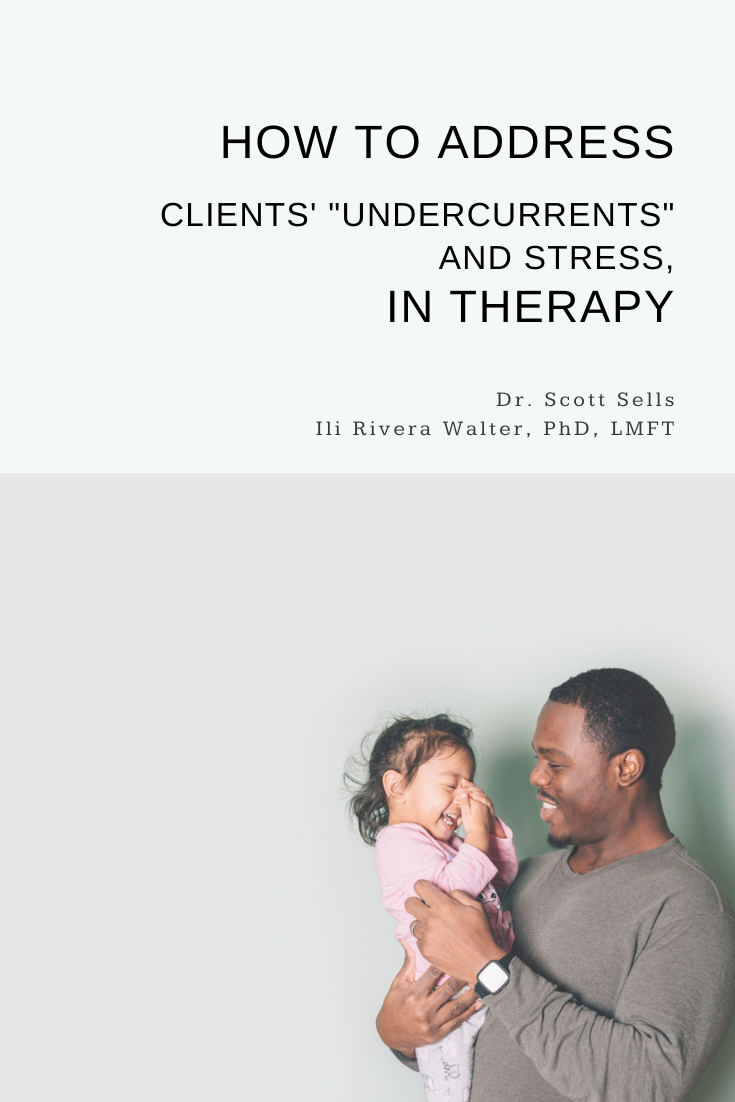Lately, I’ve been reviewing the history of the marriage and family therapy (MFT) field. Including the stories of MFT pioneers, the shift represented in the field from treating the individual to treating the system, and the core concepts that mark systemic thinking and systemic therapy.
It’s been fun!
I’ve decided to begin a systemic therapy series to review the major concepts of systems theory, as well as how to begin and maintain the systemic perspective.
(As an aside, if you’re a marriage and family therapist, and you’ve never seen the genogram of the field, the AAMFT sells a poster copy. Take a look at it, here.)
If you’re not a marriage and family therapist, you may be wondering if you should stick around and read this article. Yes, you should! As long as you are interested in learning about systemic therapy, you will benefit from the information.
Linear vs. Circular Causality
Today’s topic is causality, and more specifically, the difference between linear and circular causality. In order to aid my explanation, I’ll use a case example:
Mark and Sheena are concerned about their son, seven year-old Duane. Duane is refusing to go to school, and is “depressed” according to his parents. His dog, Einstein, died two months ago, and Duane has gotten “progressively worse.” Mark and Sheena don’t know what to do to help Duane, and they’d like to initiate individual therapy for him.
Linear Causality
A linear interpretation of problems translates into the following equation: A influences B, but B doesn’t influence A. That is, A causes B.
Case application:
When Duane goes to his room and refuses to go to school, Mark and Sheena raise their voices and lecture him. It is Duane’s isolation that is causing Mark and Sheena’s response.
Linear causality often influences an individual perspective of problems and solutions. An individual perspective holds the assumptions that a) problems are caused and maintained by the individual, through beliefs, biology, emotions, or other abnormal or unhelpful factors within the individual, and b) solutions are created and maintained by individuals changing their beliefs, emotions, or other abnormal or unhelpful factors within them, or their responses to these factors.
Circular Causality
A circular interpretation of problems translates into the following pattern: A influences B, and B influences A. The circle/dynamic is ongoing.
Case application:
When Duane goes to his room and refuses to go to school, Mark and Sheena raise their voices and lecture him. When Mark and Sheena raise their voices, Duane isolates. Mark and Sheena’s response heighten Duane’s need for isolation, and Duane’s isolation heighten Mark and Sheena’s anxiety, and therefore their escalation. Duane and his parents are in a troubling family system dynamic.
The adoption of circular causality allows for a systemic perspective of problems and solutions. The systemic perspective holds the assumptions that a) problems are caused and maintained in the system through unhelpful relational dynamics and ongoing interactions, and b) solutions are created and maintained by individuals within the system changing their communication and interactions with, and responses to other members of the system.
Gathering The Full, Circular Picture In Systemic Therapy
When your work is founded in circular causality, it reveals options for interpretation, intervention, and hope, for you and the family.
Couples and families often initiate therapy with a linear explanation of the problem. For example, in this case, perhaps Mark and Sheena have explained the problem as:
Einstein’s death (A) + Duane’s “depression” (B) = Duane’s refusal to go to school (C).
In order to fully understand the problem, as well as facilitate a systemic understanding with clients, use questions to fill-in missing information.
Using our case, here is an expanded view of the problem dynamic:
Einstein showed signs of deteriorating health, unexpectedly, while Duane was in school. Mark came home from work, and he took Einstein to the veterinarian. While at the vet, Mark made the decision to put Einstein to sleep. The vet agreed to make arrangements for the body. When Duane came home from school, Einstein was missing. In order to prevent too much sadness, Mark and Sheena told him that Einstein died, but they quickly moved on to helping Duane “feel better.” Whenever Duane brought up his sadness, or Einstein’s death, this was their approach.
Duan became increasingly sad and withdrawn. After one month of observing their son’s reaction to Einstein’s death, Mark and Sheena brought home a new puppy for Duane; however, Duane did not want the puppy. In fact, his isolation and sadness worsened.
If Mark and Sheena, in their initial therapy phone call, present the linear explanation for Duane’s refusal to go to school, these are some sample questions that would help the therapist expand the problem dynamic:
Where was Duane when Einstein died?
Please describe Duane’s relationship with Einstein?
How did you address Einstein’s death with Duane?
What efforts have you made to solve “the problem?”
The following themes are salient in this case:
Death
Grief
Parental response to anxiety
Decision-making
Communication
Family rules
Attachment
Summary
The shift from linear to circular causality scores the shift from the individual to the systemic perspective for the fields representing psychotherapy, as well as the shift for you, the therapist, as you commit to learning and employing a systemic perspective in your therapy work.
Free Cheat Sheet
Let’s Chat
Let me know in the comments below:
What question(s) do you have about linear or circular causality?
What stands out most to you from this article?













